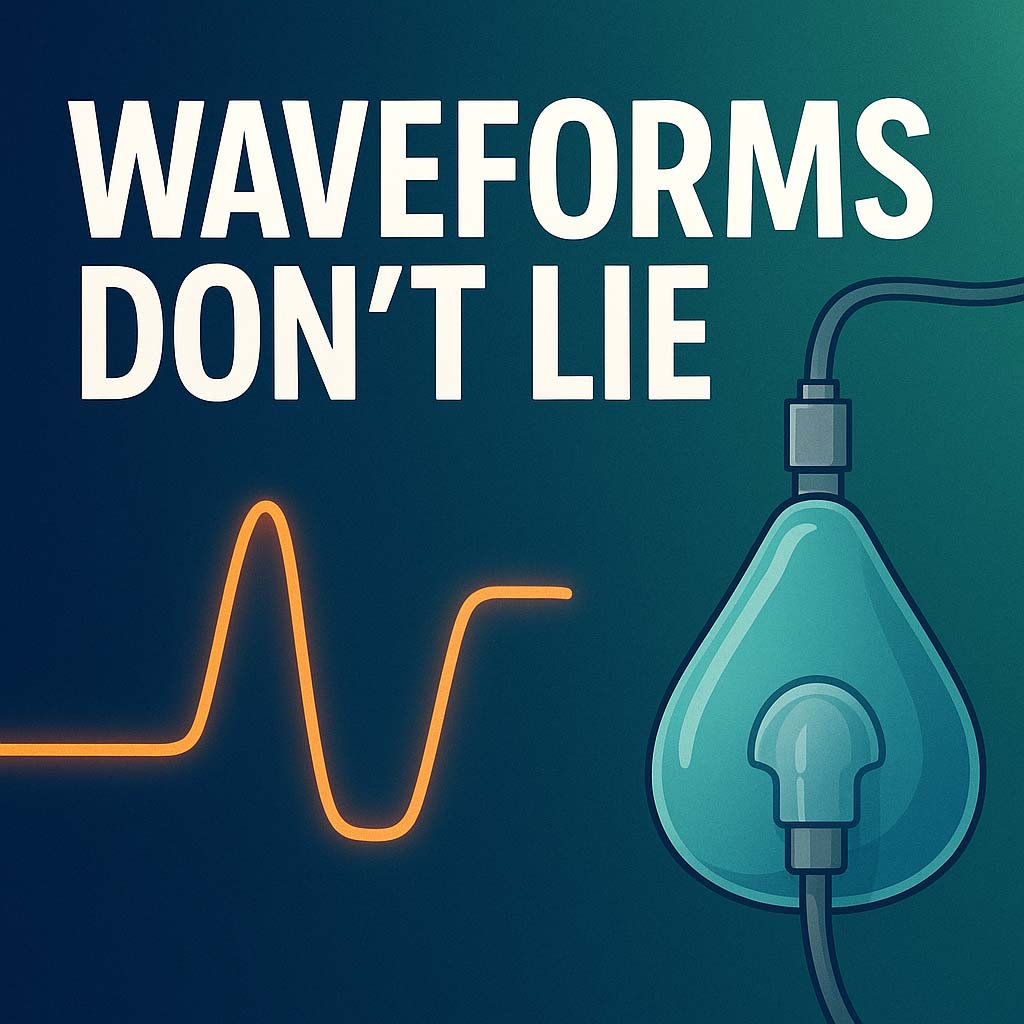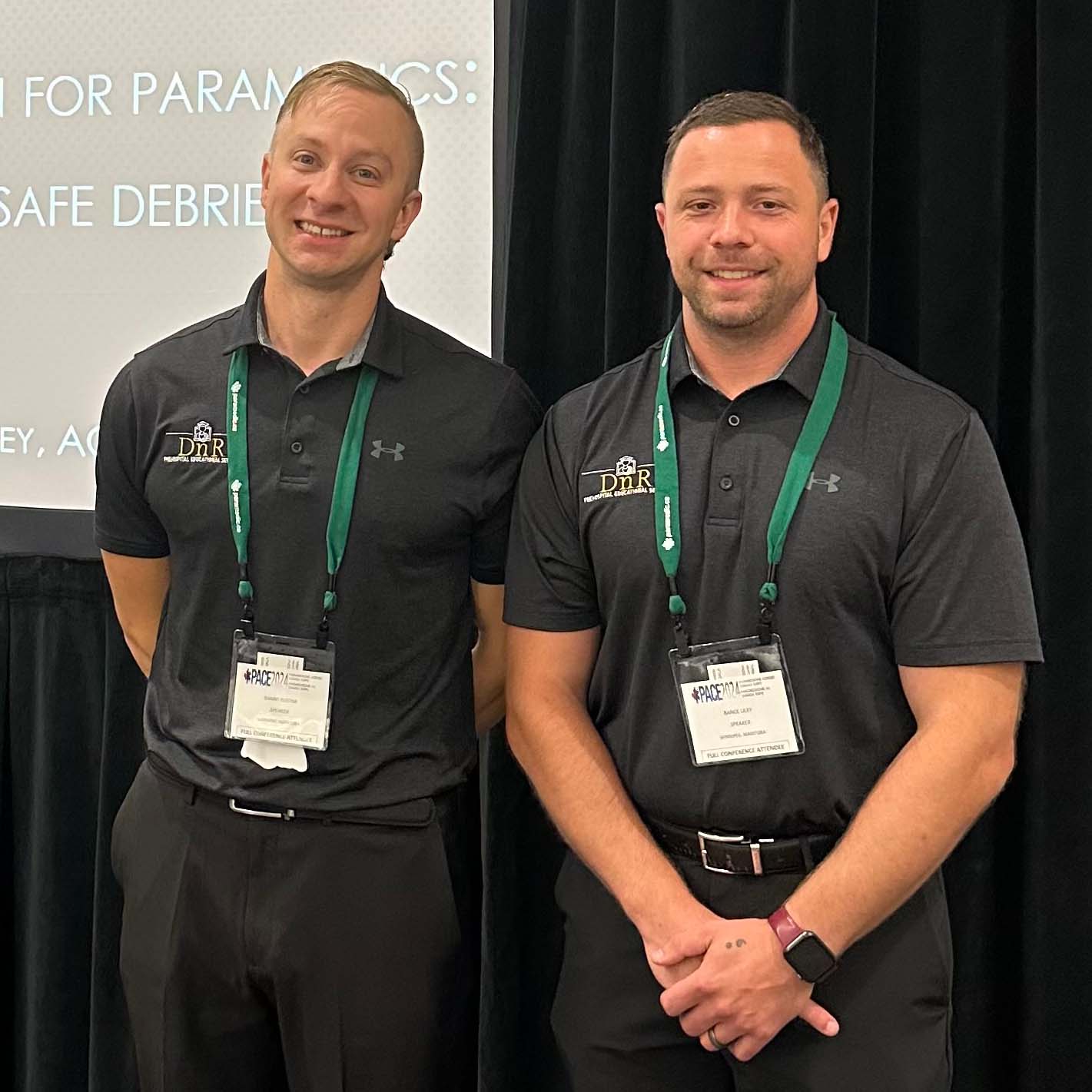
In this episode, we explore the science, history, and frontline application of End-Tidal CO₂ (ETCO₂) — a tool that offers real-time insight into ventilation, perfusion, and metabolism. Danny and Rance from DnR explain how paramedics can use ETCO₂ to assess and guide care across multiple patient presentations.
Sponsored by:



Danny Kustra, CCP B.Sc.P (he/him)
Danny is a critical care flight paramedic in Manitoba with 15 years in the field serving in a multitude of roles including TEMS, community paramedicine, ground EMS, fixed wing medevac, and training/education. He also currently serves as the clinician educator for the University of Manitoba Rady Health Sciences department. He is actively involved in the ITLS simulation committee, Simulation Canada Accreditation committee, and the Manitoba College of Paramedics. His passion for simulation and ongoing prehospital professional education led to the creation of DnR Prehospital Education with Rance. He is currently pursuing a Masters in Education for Health Care Professionals. In his spare time, he loves spending time with his wife Danielle and his twin girls Devin and Bailey.
Rance Lilley, ACP. (he/him)
Rance is an advanced care paramedic in Manitoba with 9 years of experience in the field. He has also served in a variety of roles including dispatch, field training, ground ems and fixed wing medevac. He currently works as advanced care provider for the province and an educator for both the province, and Red River College. He is the co-owner / content creator of DnR Prehospital Education and has presented at a variety of conferences. He is currently finishing his Bachelor of Paramedicine. In his spare time, he enjoys running and spending time with his wife Nicole and son Griffin.
Key Takeaways:
-
ETCO₂ is the sixth vital sign — reflecting ventilation, perfusion, and metabolism in real time.
-
Capnography vs. Oximetry: SpO₂ shows what was happening; ETCO₂ shows what’s happening now.
-
Waveform interpretation: Alpha and beta angles reveal underlying pathology like bronchospasm, obstruction, or air trapping.
-
Clinical uses:
-
Tube confirmation: Real-time verification in 6 breaths or less.
-
CPR: Values <10 mmHg after 20 mins indicate poor prognosis.
-
Ventilation: Real-time feedback for rate and volume.
-
Head injuries: Maintain normocapnia; hyperventilate only during herniation.
-
Sepsis, trauma, PE, and DKA: Trending ETCO₂ helps identify metabolic and perfusion problems.
-
-
Practical tips:
-
“Filter first, end-tidal to the sky.”
-
Inline sensors outperform sidestream for accuracy.
-
End-tidal is not just for intubated patients — use it with nasal prongs for sedation and respiratory monitoring.
-





Recent Comments